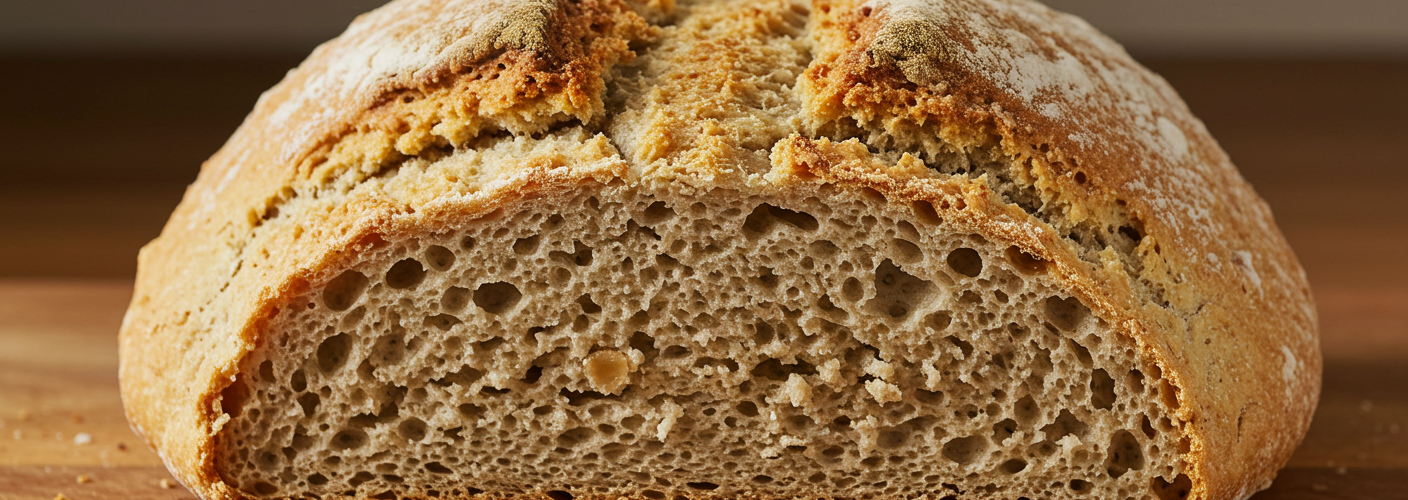Soda bread, a simple yet delightful variety of bread, has captured the hearts and taste buds of many for centuries. Unlike traditional yeast bread, which relies on fermentation for its rise, soda bread takes a different approach by using bicarbonate of soda (commonly known as baking soda) as its leavening agent. This unique method not only results in a distinct texture and flavor but also allows for a quicker and more straightforward baking process, making it an excellent option for home bakers of all skill levels.
The Origins of Soda Bread
Soda bread is steeped in history, particularly within Irish cuisine. Its origins can be traced back to the early 19th century when baking soda became widely available. Traditional methods of bread making were often time-consuming, involving the complex process of kneading and allowing dough to rise. The introduction of bicarbonate offered farmers and families a faster alternative for preparing bread. It became a staple in Irish households, particularly during times when yeast was scarce.
Ingredients and Method
The beauty of soda bread lies in its simplicity. The basic ingredients typically include all-purpose flour, baking soda, salt, and buttermilk. This sparse ingredient list allows the bread to be made quickly and with minimal fuss. The process begins by mixing the dry ingredients in one bowl and the wet ingredients in another.
To make it, follow these general steps:
- Prepare the Dough: In a large bowl, combine four cups of flour, one teaspoon of baking soda, and one teaspoon of salt. Stir them well, then create a well in the center. Pour in two cups of buttermilk and gently mix until a soft dough forms.
- Shape and Bake: Turn the dough onto a floured surface and shape it into a round loaf. Place it onto a baking sheet lined with parchment paper. Score a deep cross on the top with a knife, which helps the bread to rise properly during baking. Bake in a preheated oven at around 425°F (220°C) for about 30 minutes, or until golden and sounding hollow when tapped on the bottom.
- Cooling: Let the soda bread cool on a wire rack. This allows steam to escape and keeps the crust from becoming soggy.
Flavor Variations
While the classic version of soda bread is delicious in its own right, there are countless variations to explore. Some bakers add ingredients like caraway seeds for a hint of spice, dried fruits such as raisins or currants for sweetness, or even nuts for added texture. Fresh herbs can also be incorporated depending on the meal it is paired with.
Serving Suggestions
Soda bread is incredibly versatile and can be served in numerous ways. It is delightful when toasted and slathered with butter and jam or enjoyed alongside soups and stews. It complements cheese platters beautifully and also serves as a great base for open-faced sandwiches filled with a variety of toppings.
Conclusion
Soda bread offers a wonderful combination of simplicity, speed, and flavor, making it a fantastic addition to any home baker’s repertoire. Its rich history and ease of preparation continue to inspire both novice and seasoned bakers alike. So, the next time you’re in need of freshly baked bread without the wait, remember the charm of soda bread—it may just become your new baking go-to!




Add comment